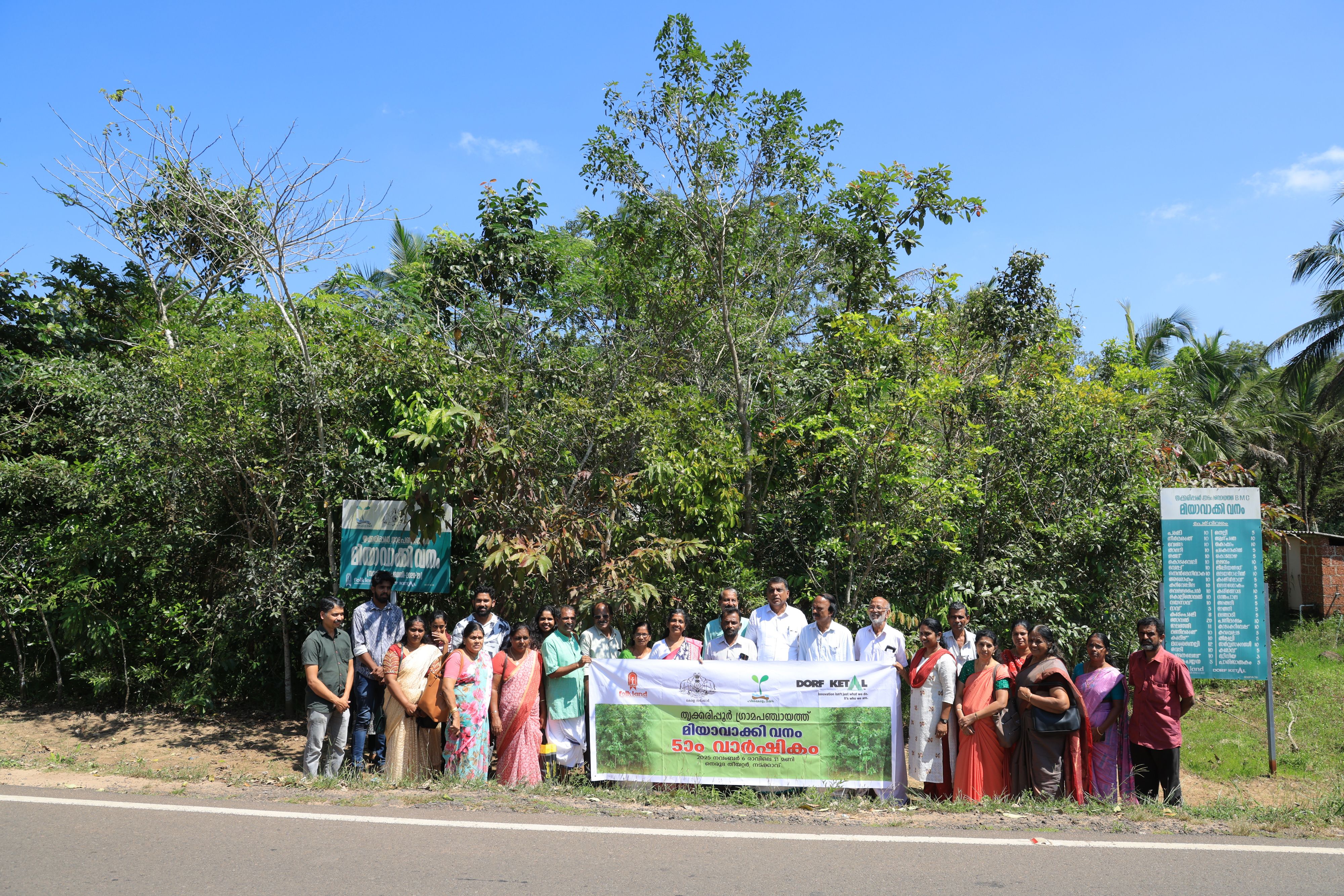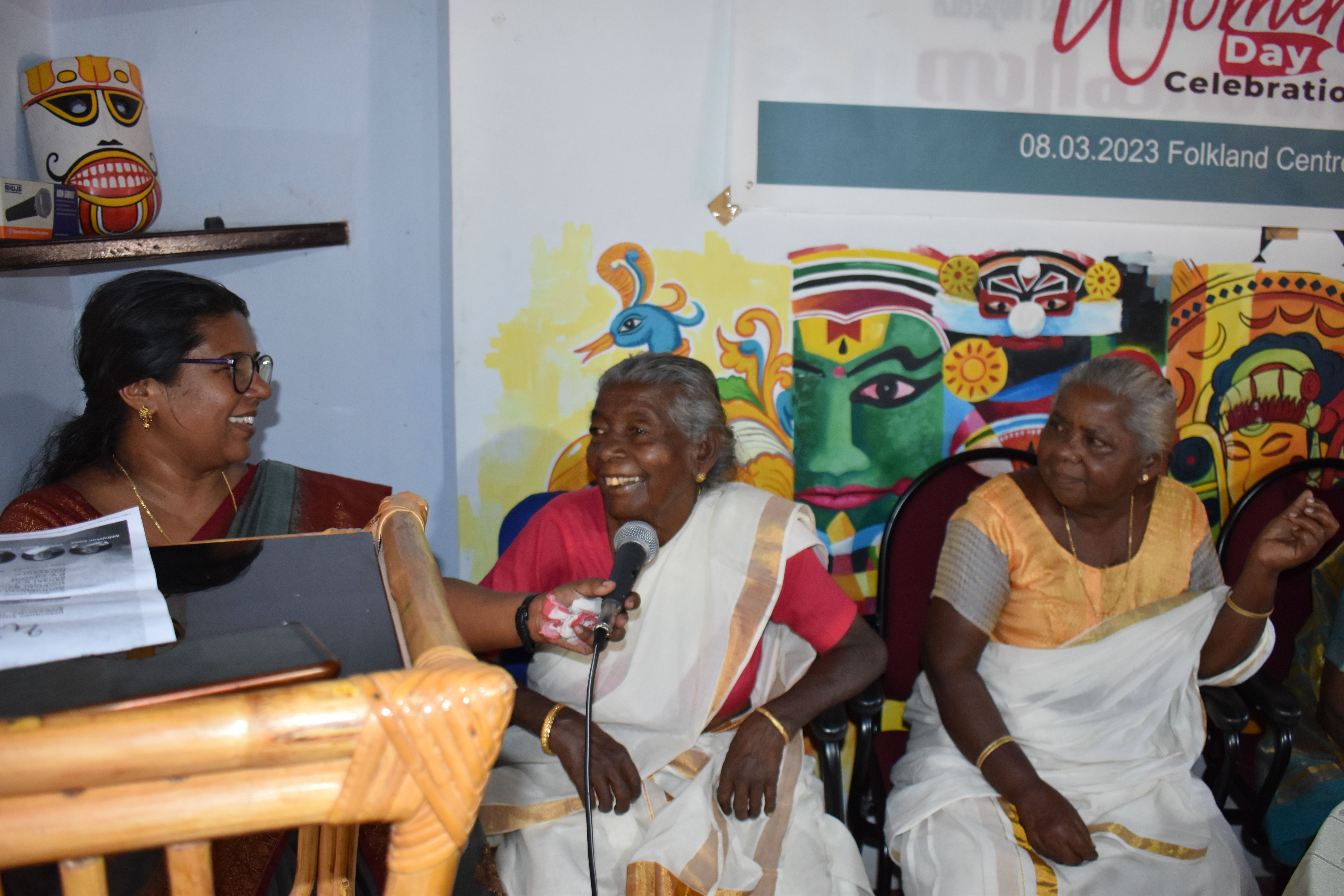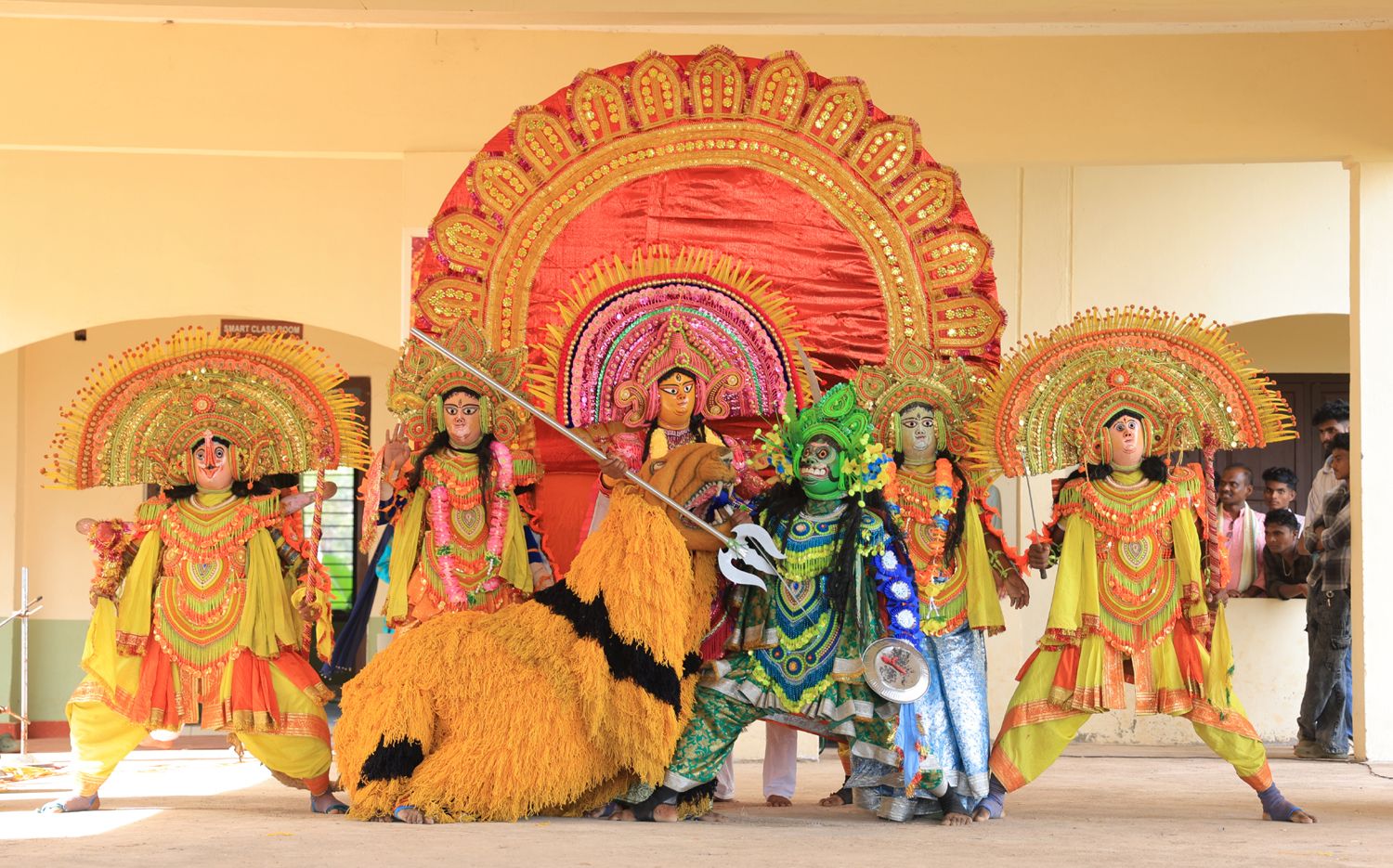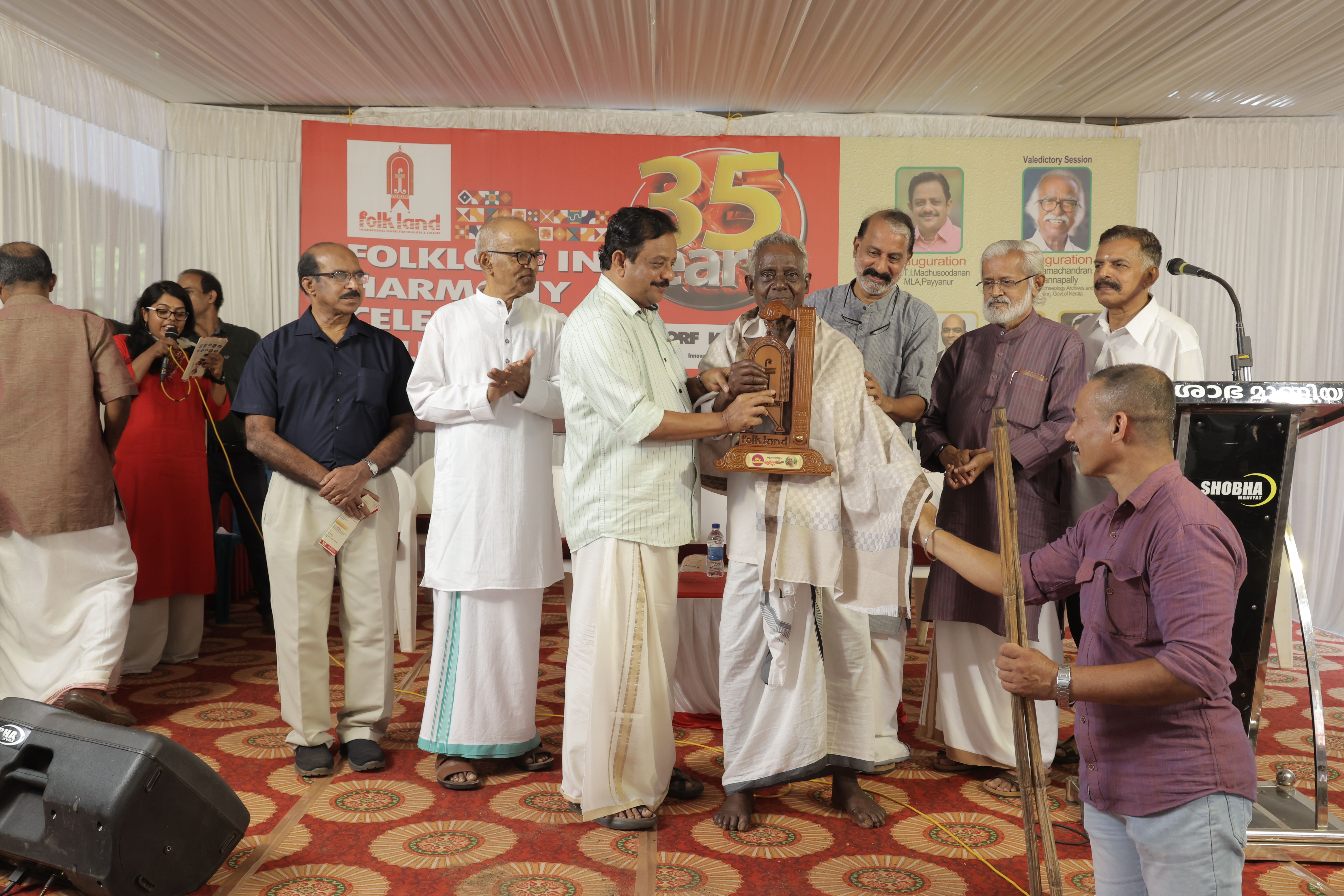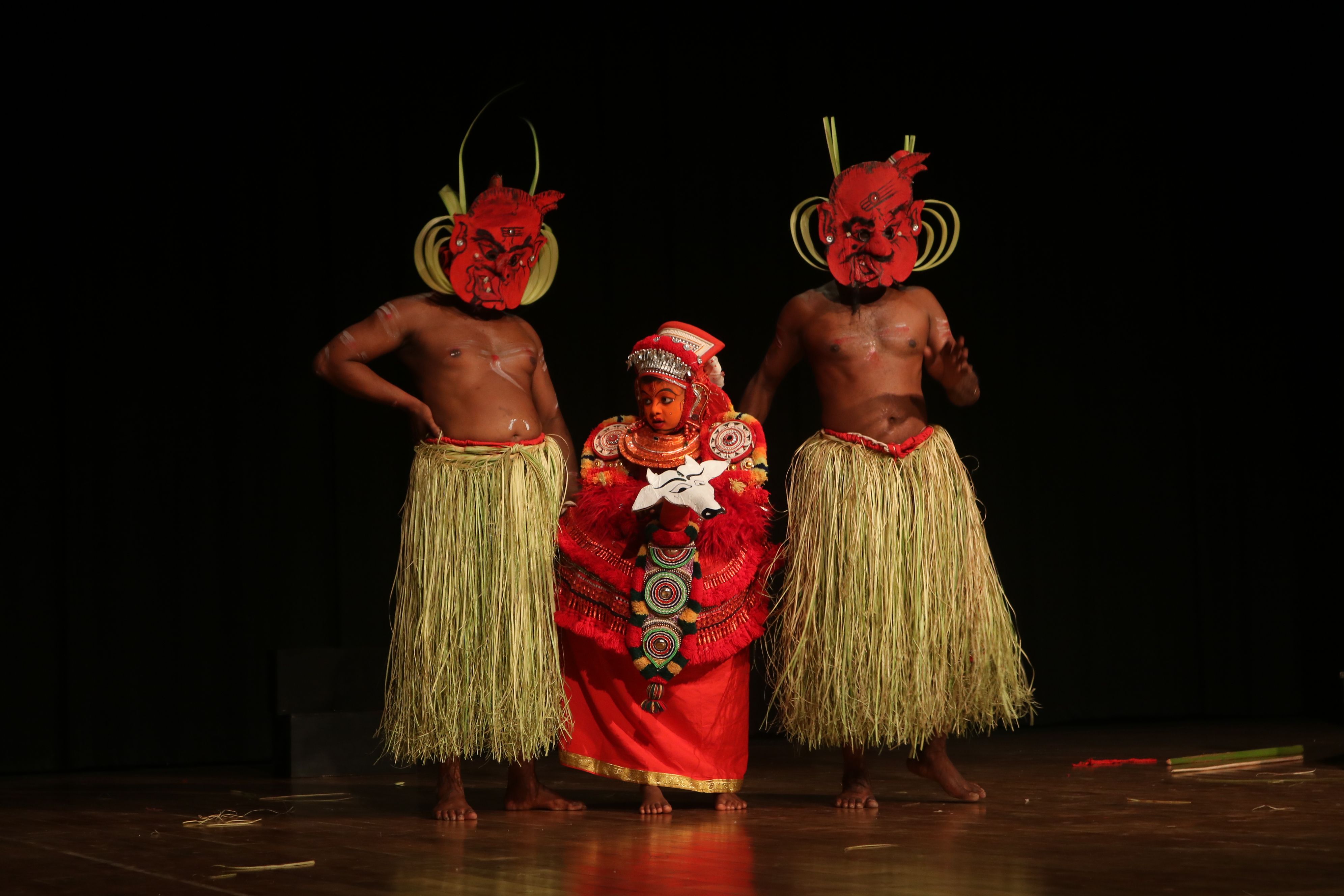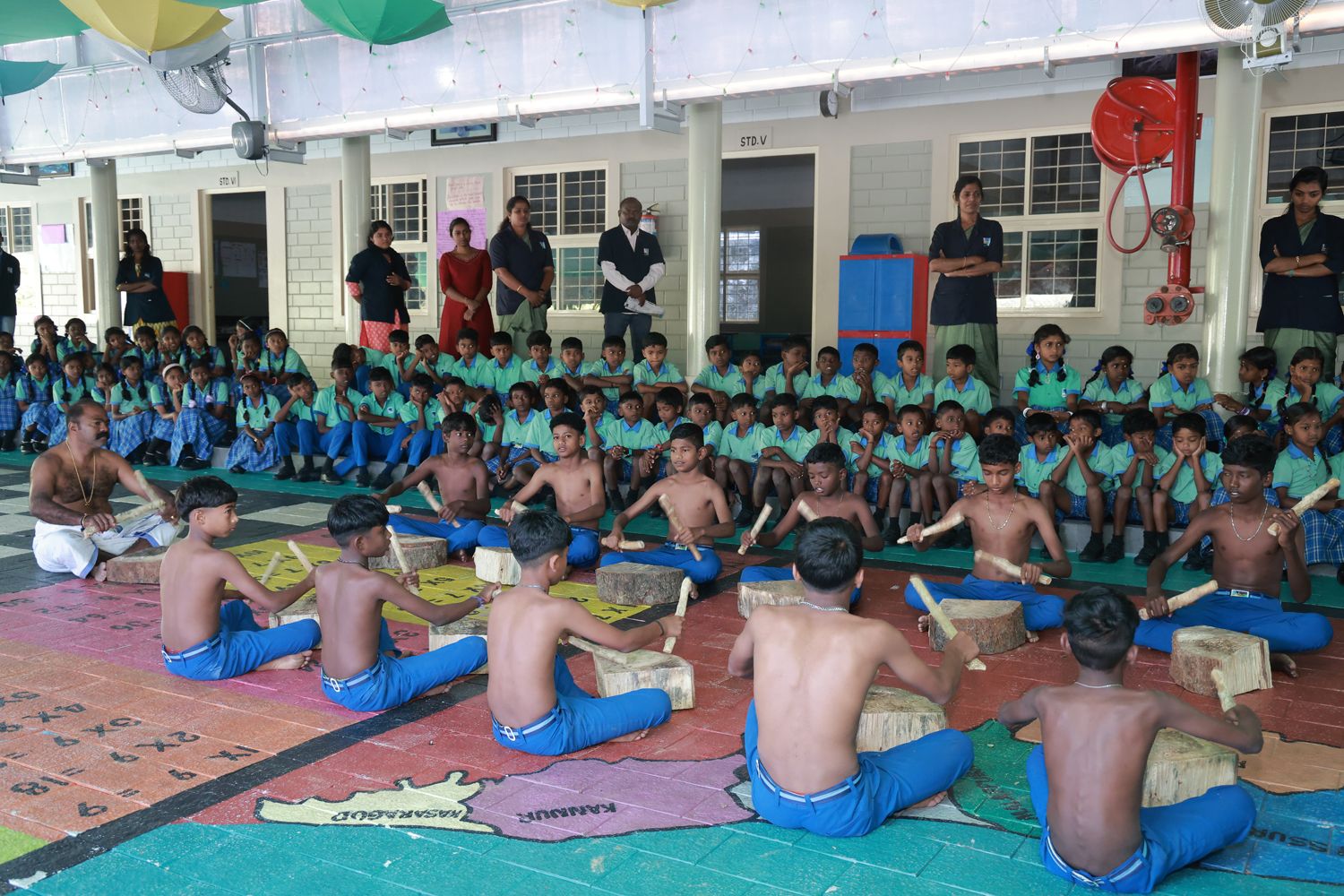B. Gopalakrishna Kurup, a revered Yakshagana exponent, teacher, scholar, and cultural custodian, passed away recently at the age of 90 at Shishila in Belthangady taluk, Dakshina Kannada, where he had made his home for decades. Originally hailing from Kerala, Kurup leaves behind a monumental legacy in the world of Tenkutittu Yakshagana, a vibrant theatrical tradition of coastal Karnataka. He is survived by his wife, two daughters, and a son. A Life Devoted to Yakshagana For over 70 years, Gopalakrishna Kurup dedicated himself wholly to Yakshagana, mastering and teaching every major element of the art form—from Bhagavatike (narrative singing), Chende and Maddale percussion, to Purvaranga sequences and the rhythmic intricacies of performance. His deep knowledge of rhythm (tala), music, and movement earned him the rare distinction of being both a performing artist and a scholarly innovator. Kurup’s contribution as a teacher, performer, and author helped codify and formalize Tenkutittu Yakshagana, particularly in its Himmela (background music ensemble) traditions. His performances and instructional work reached thousands through All India Radio and Doordarshan and through scores of workshops, seminars, and stage performances across India and even internationally. Scholar and Author Gopalakrishna Kurup was the first to publish comprehensive instructional texts for Tenkutittu Yakshagana. His works continue to serve as academic and practical reference points for students and practitioners alike. Among his notable publications are: • Tenkutittu Prathamika Yakshagana Paatagalu: Poorvaranga • Tenkutittu Yakshagana Maddale Vaadana Krama • Tenkutittu Yakshagana Chende Vaadana Krama • Tittittai: A Study Related to Yakshagana Rhythm (Tala) These texts, published with support from esteemed institutions like Dr. D. Veerendra Heggade and the Regional Study Centre for Performing Arts, reflect Kurup’s visionary commitment to documentation and pedagogy. Teacher of the Masses Kurup was not just a master but also a guru par excellence. From 1955 to 1990, he established and led Yakshagana training centers in more than 30 locations across Karnataka and Maharashtra, including in tribal and Dalit settlements. He was a mentor to thousands of students—children and adults alike—across diverse communities, extending the reach of Yakshagana beyond its traditional strongholds. He also served for many years at the prestigious Dharmasthala Yakshagana Lalitha Kala Kendra, shaping a generation of disciplined artists grounded in the spirit of tradition and the rigor of performance. Celebrated Resource Person Kurup’s scholarship and teaching prowess made him a sought-after resource person for numerous seminars and workshops—on topics ranging from Bhagavatike and rhythm to ensemble staging, face painting, and costume design. These programs were often led by stalwarts such as M.L. Samaga, Kumble Sundar Rao, and Dr. R. Satyanarayana, and included collaborations with international scholars like Martha Austin. Honours and Accolades A recipient of numerous awards and honors, Gopalakrishna Kurup was widely recognized for his lifetime contribution to Yakshagana. Highlights include: • Yakshadeva Award by Dr. D. Veerendra Heggade (2017) • Yakshamangala Award by Mangalore University • Gurupuja Award by Kerala Sangeet Natak Akademi (2016) • Suvarna Karnataka Kannada Rajyotsava Award (2006) • International felicitation by Yakshamitra and Toronto Kannada Sangha (2017) He was also repeatedly honored by temples, cultural foundations, literary conferences, and Yakshagana institutions for his unparalleled dedication and exceptional performance. A Rhythmic Legacy Perhaps the most iconic moment of his career was a performance at Nileshwar’s Suvarnavalli Temple, where he sang a single verse in 12 different talas and 12 different ragas—a feat that stunned the audience and was blessed by eminent Vedic scholars. Kurup’s devotion to the art was both spiritual and intellectual. He brought to Yakshagana not just the rhythms of Chende and Maddale, but also the rhythm of learning, teaching, and sharing—a tireless commitment to ensure the survival and evolution of an ancient tradition. A Final Bow With the passing of B. Gopalakrishna Kurup, the world of Yakshagana has lost not just an artist but a cultural visionary, an institution in himself. His teachings live on in the scores of disciples, the pages of his books, and in the collective heartbeat of every Tenkutittu performance that echoes across the western coast of India. Kurup’s life reminds us that art is not just performed—it is lived, preserved, and passed on. As generations to come perform to the beats he preserved and taught, his legacy will continue to resound, as vibrant and alive as the stage he loved.
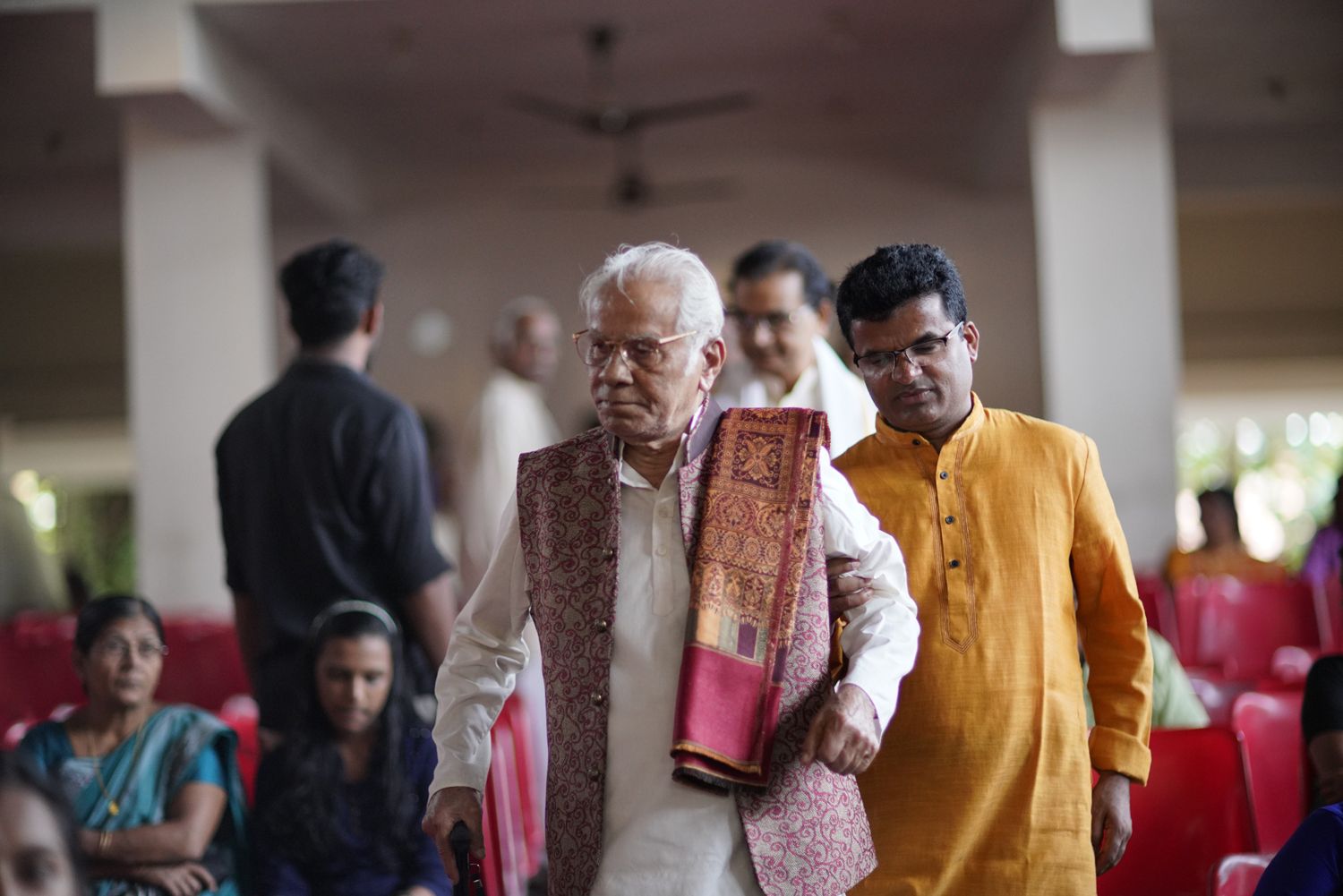
Arts and Crafts
July 23, 2025Tribute to a Yakshagana Legend: B. Gopalakrishna Kurup - Master of Tenkutittu Tradition and Guardian of a Cultural Legacy
Editor
Editor
